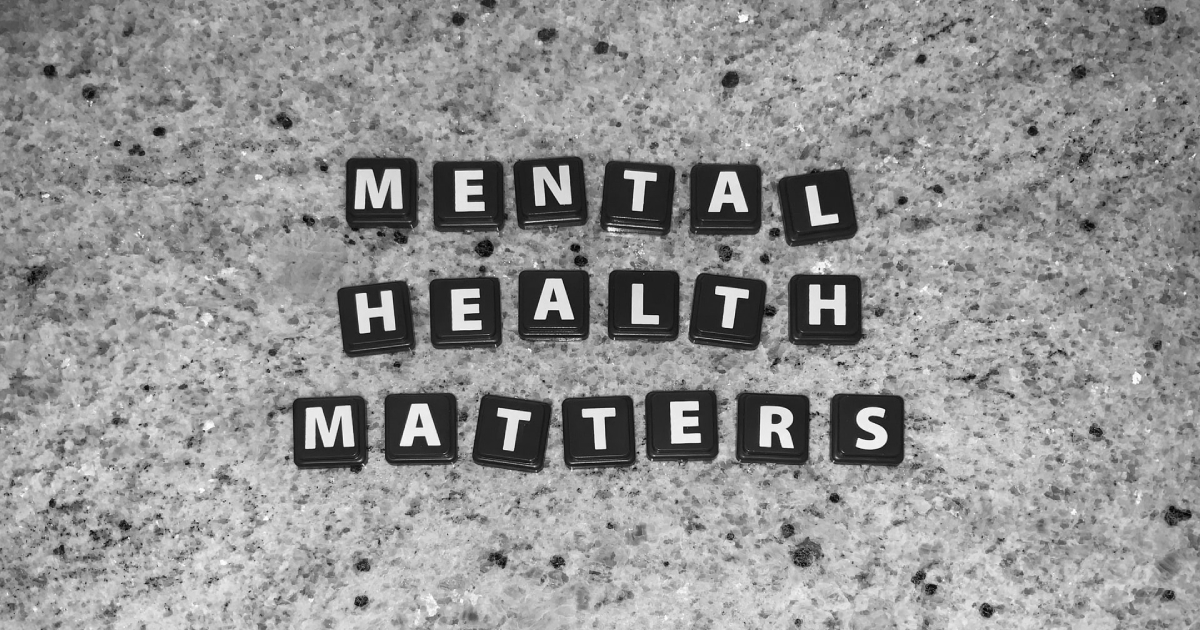Did you know more employees than ever before are leaving the workplace because it’s toxic? Improve employee retention and productivity. If you need help creating a positive work environment, stick around.
In this guide, you’ll learn how to improve work environments both at the office and remotely. Consider setting up virtual networking opportunities between departments. Start working on positive development now.
Ready to learn more? Check out the article below.
Why Should You Prioritize a Positive Work Environment?

Mental health issues can impact an organization, from productivity to happiness levels.
You need to put the well-being of your employees first. Make sure you provide ways to improve their mental, emotional, and physical needs.
A healthy team will promote an effective and productive business. Workplaces that encourage the mental health of their team will have less absenteeism and boost productivity levels.
Workers have admitted to feeling more stressed since the pandemic. Employers should focus on how to manage remote workers.
Provide Benefits to Improve Mental Health
Offer health insurance that has low costs for the employee. This way, your workers can seek out counseling or get the medications they need. You might also provide free clinical screenings or coaching programs.
Make different resources available to your team to take proactive steps toward improving their health. Consider setting up employee support groups. Set up mental health days for your team, and give the schedule flexibility.
Do You Have a Breakroom?

Make sure you set up a breakroom at your office. You should provide your team with a variety of healthy snacks like fruits, vegetables, and nuts. Don’t forget the water cooler.
Encourage your workers to take breaks. Frequent breaks during the day can improve a worker’s focus and productivity.
You should make sure the breakroom remains clean and tidy. This way, when your workers head down to recharge, they can relax. Fill the room with a few plants and peaceful artwork.
Your Managers and Supervisors Need Extra Training
Managers and supervisors will socialize with your employees the most. They should understand what red flags to look for about work burnout or mental health problems.
You will need to provide training on how to identify mental health issues. Bring in a consultant who will teach your team about mental health. They can provide lectures or seminars.
Set up a roundtable discussion where everyone can learn advice and tips. This way, your managers and supervisors will have the tools to help their team.
Provide Mental Health Resources to Everyone

Consider offering mental health resources to your employees as well. Some people might need to learn how to identify signs of burnout in themselves. This way, they can take preventive steps to avoid a massive crisis.
Make sure the mental health resources are easily accessible. Not everyone will feel comfortable approaching a manager for this information. They might feel worried about their job or making the wrong impression.
Focus on Work-Life Balance
Many people find they neglect other areas of their lives because of their work. This impacts their mental health because they will become anxious or stressed. Most workers don’t feel comfortable taking a mental health day off.
As an employer, you could offer mental health days to your team. This will help restore the balance to their work-life schedule.
Offer personal days to your team, which they can use. They might use it for a dental appointment or take a day to recharge.
Your employees shouldn’t have to explain what they intend to do during their day. Let them have a chance to recharge and avoid invasive questions.
Speak Candidly to Your Team

Due to the stigma, people still tend to remain quiet about their mental health needs.
Try to begin modeling healthy behavior by talking about mental states. You will need to open up and share some vulnerabilities. This sends the message that you have a healthy work environment.
Leaders should check in with their team from time to time. The check-in shouldn’t solely focus on work-related tasks. Instead, talk about the employee’s passions or responsibilities outside of work.
People will feel as if their manager cares about them as a person.
What About Remote Workers?
Your remote workers will find it challenging to keep a positive outlook at times. People feel lonely working from home, while others have difficulty focusing. This makes it hard to establish a healthy working environment.
Some employees report that they lose their sense of connection with their team. With a remote team, you should check in with them more frequently. Since you aren’t in the same area, check on the team member one-on-one.
Provide opportunities for your remote workers like virtual networking at events. Your remote workers won’t have to leave their homes to connect with new professionals.
You should try and bring the remote team together when possible. Set up a monthly Zoom call where everyone meets to discuss a project.
Positive Development in the Workplace
Did you find this guide helpful in creating positive development in the workplace?
Check in with your employees from time to time. Ask about their interests outside of work. Allow workers to take mental health days and don’t ask invasive questions.
Provide mental health training and resources to your managers and supervisors. This way, they can detect any red flags.
Are you looking for more helpful advice like this article? Check out the rest of the blog.
